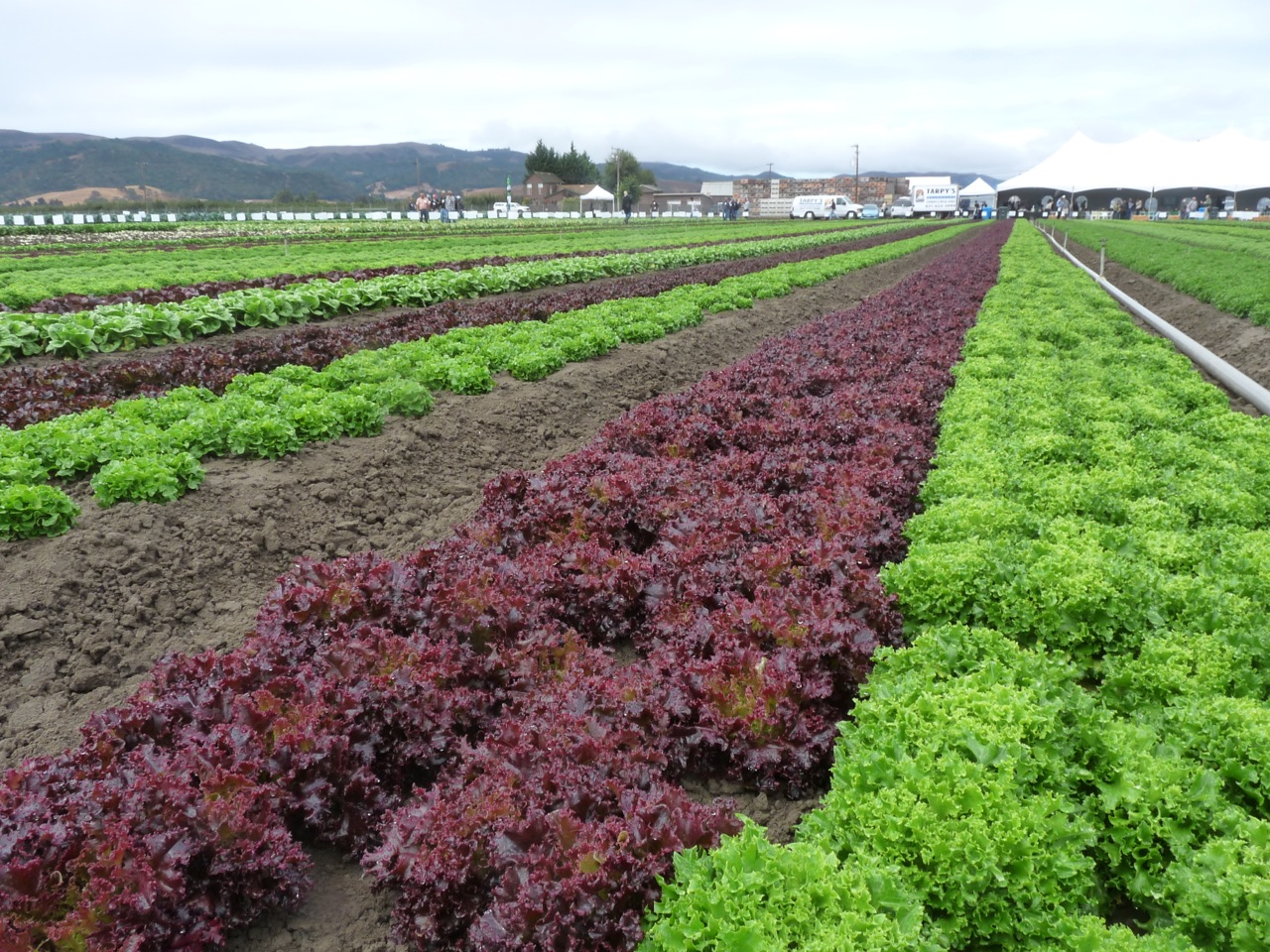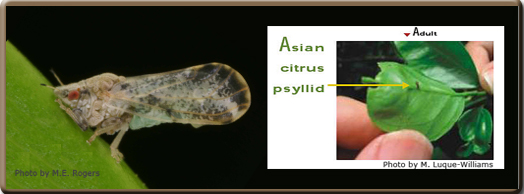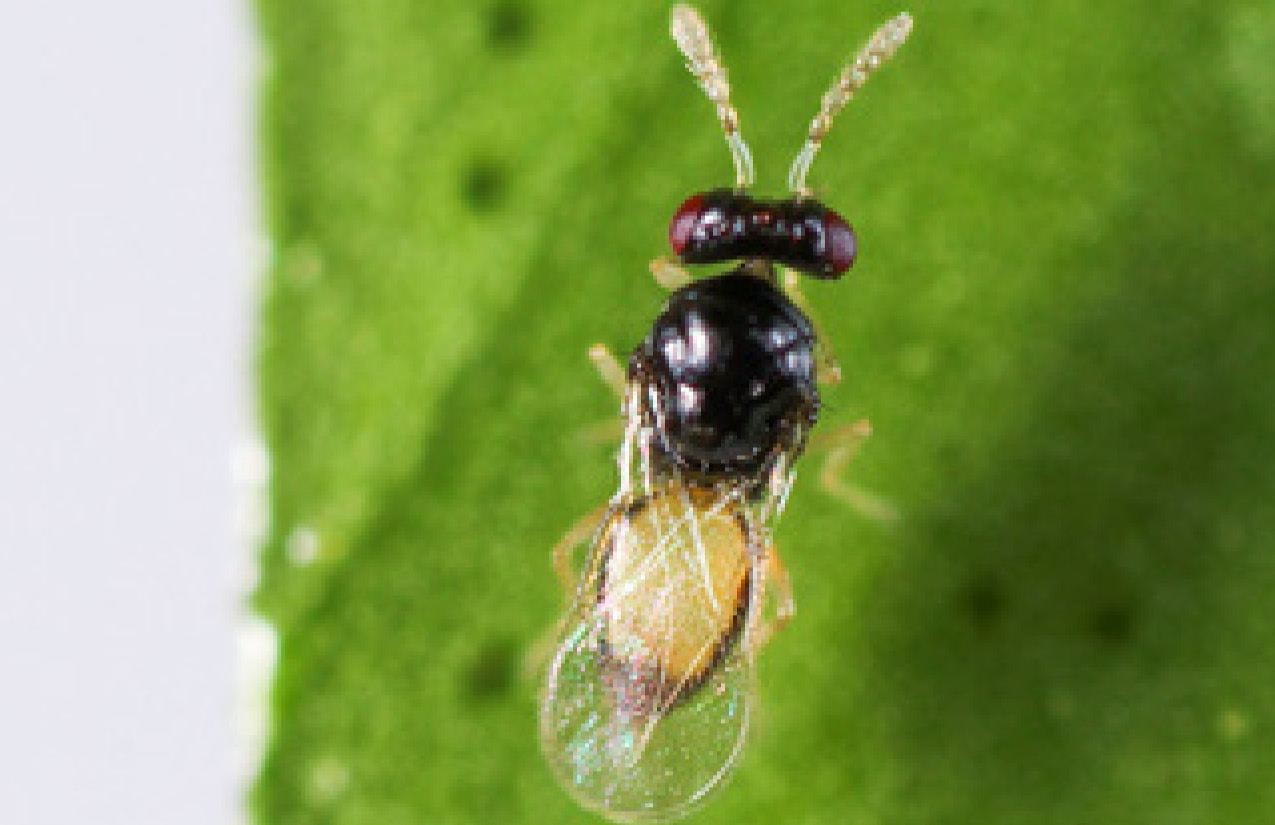USDA’s Specialty Crop Block Grant Program Welcomes Proposals and Technical Committee Volunteers
By: Monique Bienvenue; Cal Ag Today Social Media Manager/Reporter
The California Department of Food and Agriculture (CDFA) is accepting proposals for the 2015 Specialty Crop Block Grant Program, which conducts an annual competitive solicitation process designed to enhance the competitiveness of California specialty crops–fruits and vegetables, tree nuts, dried fruits, horticulture, and nursery crops (including floriculture).
Grant awards will range from $50,000 to $450,000 per project with a duration of up to two years and nine months. Non-profit and for-profit organizations; local, state, federal, and tribal government entities; and public and private colleges and universities are eligible to apply.
Phase I of the competitive process begins with the submission of concept proposals. Concept proposals undergo both an administrative review conducted by CDFA as well as a technical review conducted by a volunteer panel of subject matter experts. Successful applicants will be invited to submit detailed grant proposals in Phase II of the process.
Details: Applicants must access the 2015 Request for Concept Proposals at www.cdfa.ca.gov/grants for detailed application instructions. To streamline and expedite the application process, CDFA has partnered with the California State Water Resources Control Board to utilize their online application site, the Financial Assistance Application Submittal Tool (FAAST). Applicants must register for a FAAST account at https://faast.waterboards.ca.gov.
Concept proposals must be submitted electronically using FAAST by Friday, December 5, 2014, at 5 pm PST, and applications must include a letter of interest, short biography, and statement of qualifications identifying the Specialty Crop Block Grant Program funding category related to the applicant’s area of expertise. For a description of the funding categories, please reference the 2015 Request for Concept Proposals at www.cdfa.ca.gov/grants.
If selected, individuals will be required to complete the Form 700 Statement of Economic Interests and the Ethics Training Course. Prospective applicants may contact CDFA’s Federal Funds Management Office at (916) 657-3231 or grants@cdfa.ca.gov for additional information.






















